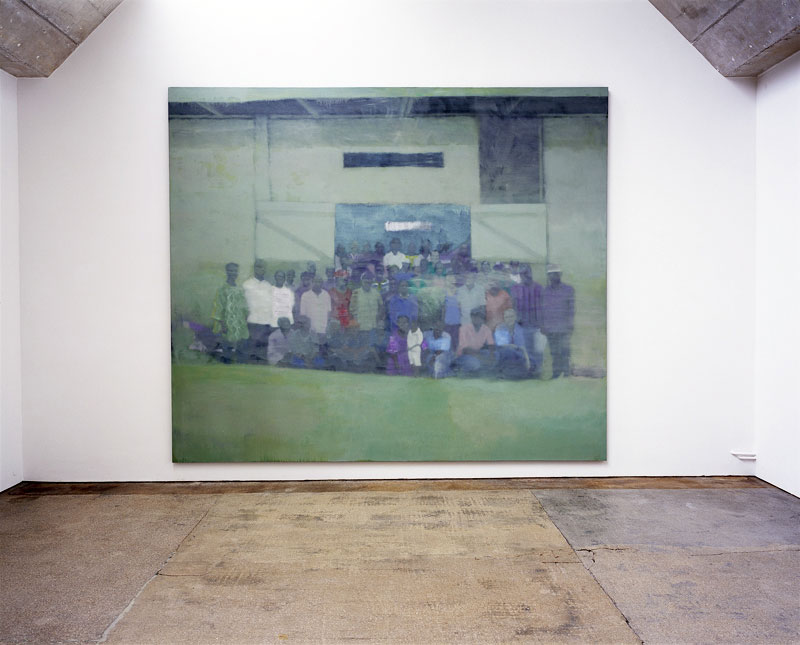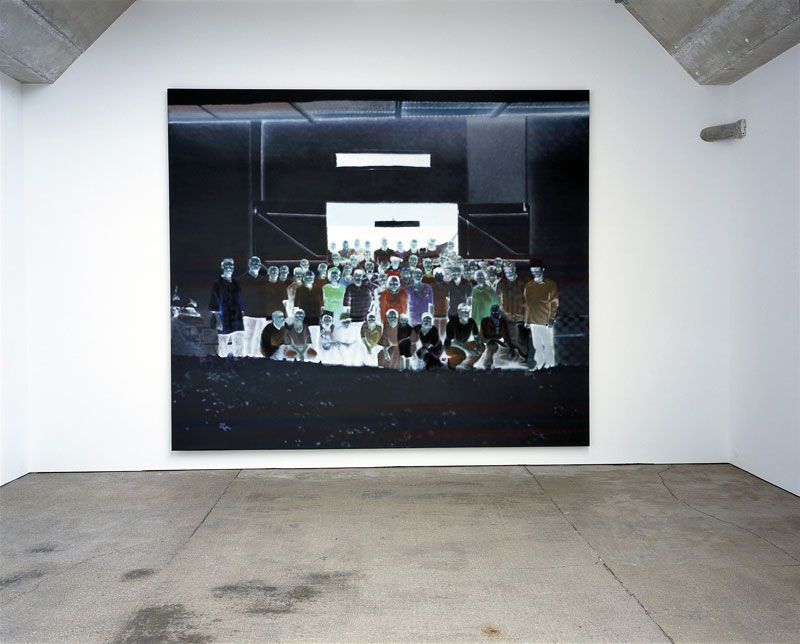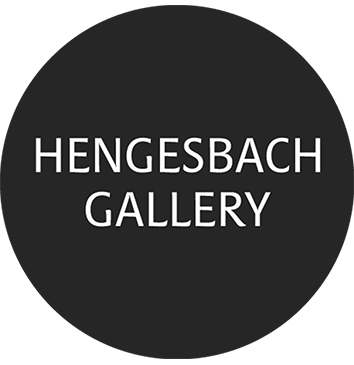Dirk Eicken
27 April – 22 June 2013
The people in Dirk Eicken’s paintings are neither familiar nor unfamiliar to us. His painted faces make direct eye contact, yet remain indistinct as individuals. In contrast to their photographic sources, they are set apart from their surroundings in order to question the finality of photography. Central to Eicken’s paintings is the resulting ambiguity between visual presence and visual absence: whereas photography captures someone as a fixed counterpart in a specific moment, painting can instead allow a portrait to emerge in varying layers of expression.
In this sense, Eicken’s works explicitly grapple with the question of the structure of media-generated distances—how photography today shapes our relationship to the world by presenting the finished and cutting us off from an unfolding engagement. With “in between,” Hengesbach Gallery presents new results of this exploration of pictorial presence from April 27 to June 22, 2013.
Only sparse information is available to Eicken from his photographic sources: sometimes it’s a file name, sometimes a name, a product, or a company. How the smile in “Unknown1.jpg” (2012) came about, we do not know. The photographs Eicken uses are intended for company profiles of Fairtrade cooperatives, which aim to establish a relationship between consumer and producer through portrait photography. Eicken traces the phenomenon of how photographed strangers can enter into a relationship with us through an image.
The artist deliberately avoids building an emotional connection between viewer and subject. Instead, the works are painterly experiments that negotiate the elusiveness of an intended human connection. The blurriness of the painted faces prevents the kind of quick recognition possible with photographic originals. A sense of visual stability gradually emerges through carefully crafted eye contact and the particularly color-accented integration of the subject into their life context. Not through narrative details, but through abstract color contrasts, Eicken creates a perceptual situation that holds attention.
Each of his individual portraits is accompanied by an abstract counterpart of the same size. These also contain the color glaze layers of the original image, but they are no longer figurative. The portrayed person can only be inferred as a memory, even though the painterly colors are identical to those in the original. In the juxtaposition of portrait and abstract counterpart, questions arise about the substance of imagery, of recognizability, of memory, of reflective perception.
Most recent are Eicken’s large-format group paintings. For these, the artist has created a painted negative of a positive source image by inverting brightness and color. This creates the paradox in which the negative is more concrete than the positive and casts light on the more abstract positive image. Presence and absence are placed in dialogical relation to one another. In this way, Eicken succeeds in giving the presence of the people in the negatives a ghostly quality: gaze no longer consists of dark pupils but is carried by bright spots of light. Dirk Eicken (*1959) lives and works in Berlin. Simultaneously with this exhibition, Hengesbach Gallery is also presenting the exhibition “BILDFROST (frozenness)” featuring works by Ola Billgren, Mihai Grecu & Thibault Gleize, Thomas Huber, Joseph Marioni, Walter Obholzer, and Markus Willeke.
Installation Views


